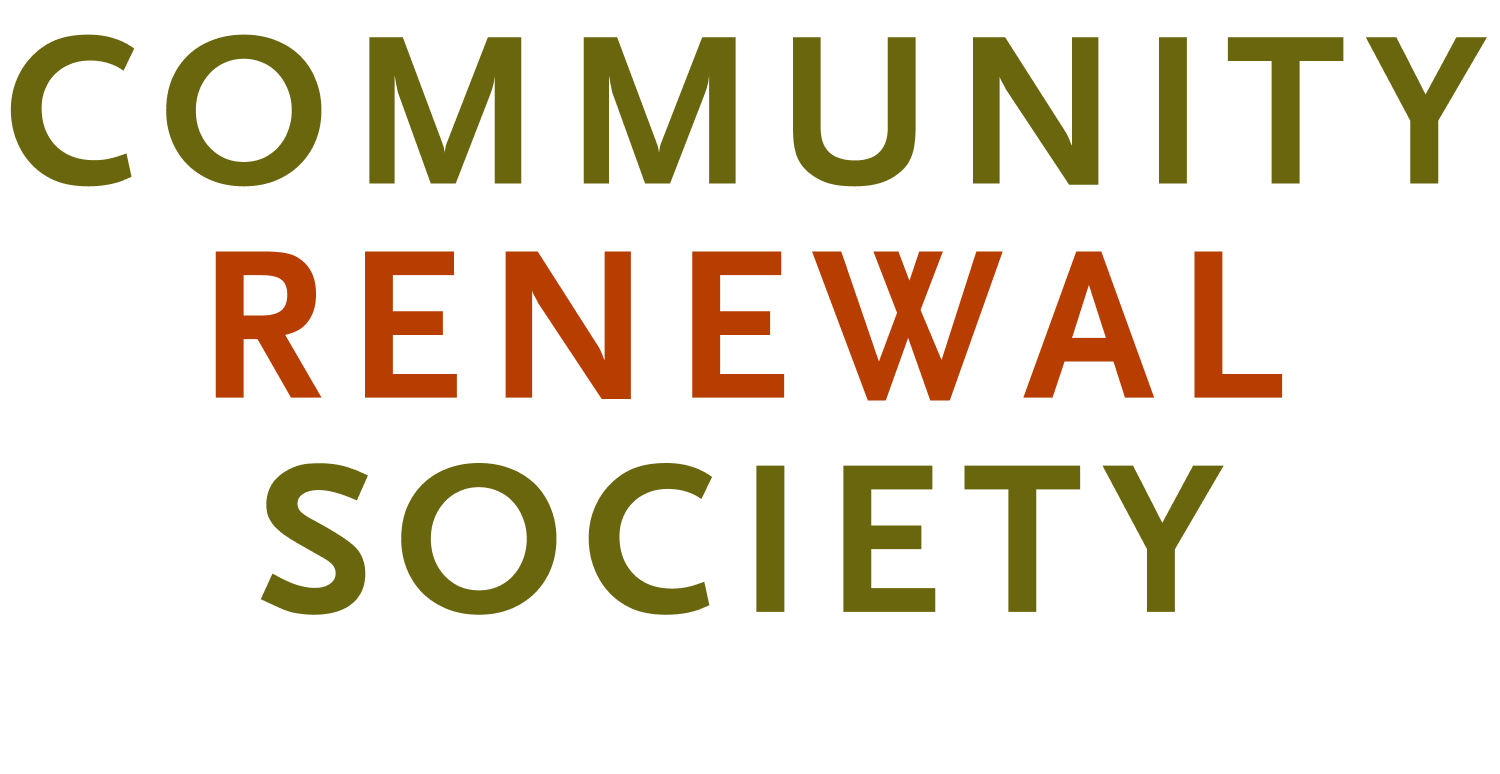What about Native Americans and Indigenous peoples?
Photo by Dulcey Lima
As Illinois prepares to celebrate Columbus Day, a state and federal holiday commemorating the landing of Christopher Columbus in the Americas back in 1492, we must acknowledge a population whose narrative predates Columbus’ time, Native Americans and Indigenous peoples. This population has a longstanding history of oppression. Starting in the late 1800s, Indigenous youth were taken from their families and placed in government-backed boarding schools, such as the Carlisle Indian Industrial School. These schools forcibly assimilated children to “kill the Indian in him, and save the man” by cutting their hair, giving them Anglo-American names and discouraging them from speaking their native tongue.
This past year, COVID-19 has devastated the livelihoods of Native tribes. Native Americans are more likely to suffer from pre-existing conditions, such as diabetes and high blood pressure, making them more susceptible to the pandemic. Tribal clinics are in crisis while The Harvard Gazette reported in May that The Navajo nation, which spans parts of Arizona, New Mexico and Utah, had the third highest per capita rate of COVID-19 in the country.
Native American and Indigenous peoples have endured social and economic injustices for centuries. The proportion of Native American individuals killed by law enforcement is much higher than their representation in the general population. Native Americans make up 0.8 percent of the population, but 1.9 percent of individuals killed by law enforcement between 1999 and 2015. The numbers may even be higher due to underreporting and misidentification. Experts say a number of the encounters involved mishandling individuals suffering from mental illness and police wrongfully casting racial stereotypes.
Despite the recent Supreme Court ruling of eastern Oklahoma falling within a Native American reservation, the shutdown of the Dakota Access Pipeline and a call to action by Senators to address voter suppression on Native American reservations, more progress is needed to ensure the preservation of Native heritage and the protection of their lands.
Native American rights must also be included in the national conversation of systemic change and racial justice. Their lived experiences are a testament to their perseverance through racial bias and cultural misrepresentation. The movement for an anti-racist world should extend to everyone in the Beloved Community, including Native Americans and Indigenous peoples.
Small steps are being made to right the wrongs against Native Americans including campaigns to replace NFL team names in Cleveland and Washington, D.C. and to replace Columbus Day with Indigenous Peoples’ Day. The longstanding movement to change Columbus Day recognizes the presence and legacy of Native Americans and Indigenous peoples in the New World centuries before Christopher Columbus.[1] Twelve states, and Washington D.C., but not Illinois, have already made this shift.
In our anti-racism work, Community Renewal Society is committed to honoring the voices of marginalized Native American and Indigenous peoples by sharing their narratives and demanding an end to racial profiling. In May, we hosted a town hall series to discuss the disproportionate effects of COVID-19 on underserved communities. In Global Diaspora: Ubuntu – I Am Because We Are, we invited speakers from around the world to engage in a dynamic dialog on race, racism, class and poverty as it relates to the global diaspora.
Learn more and support CRS’ work to build up the Beloved Community which includes Native American and Indigenous peoples.
In Solidarity,
Adamma Ihemeson
Development Officer of Individual Giving
[1] Van Sertima, Ivan, Random House Trade Paperbacks (2003). They Came Before Columbus: The African Presence in Ancient America.


